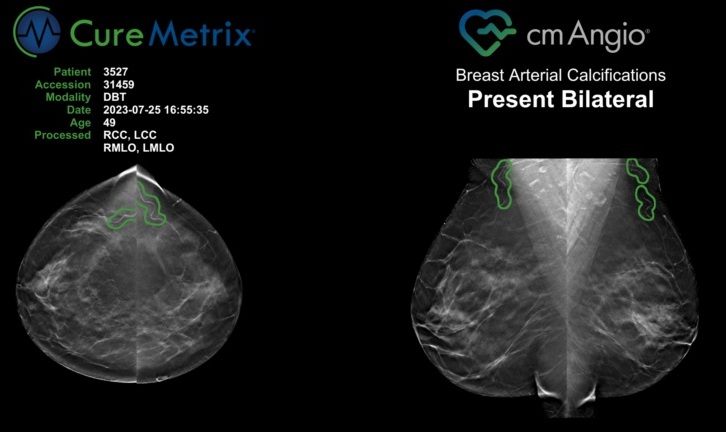Model Revealed for Tailoring Pediatric CT Dose
By MedImaging International staff writers
Posted on 06 Sep 2017
Scientists have revealed a new scientific framework that will enable clinicians to tailor a precise radiation dose, and achieve the best image quality for pediatric patients.Posted on 06 Sep 2017
Size-specific Computed Tomography (CT) imaging protocols are decided based on diagnostic accuracy per procedure, patient size, and radiation dose. The size of pediatric patients is a dominant factor for imaging structures in the body and tissues.

Image: The image shows the effect of reconstruction Field of View (FOV) size on the displayed diameter of a nodule in a five week old, and a 12-year-old child (Photo courtesy of Ehsan Samei, Donald Frush, and Xiang Li).
The scientists from the Duke University Medical Center (DukeHealth; Durham, NC, USA) and the Cleveland Clinic (Cleveland, OH, USA) published the results of their research online in the August 21, 2017, issue of the Journal of Medical Imaging.
The authors of the study based the new research on two of their own prior foundational studies, in which they assessed radiation dose, effective dose, and the risk index for nine pediatric age-size groups. The studies included simulated lesions, and added noise, and were assessed for the accuracy of nodule detection. The researchers then used the accuracy-dose relationships to optimize scan parameters for each category of patients.
The new model that the researchers developed is intended to help clinicians optimize individual scan parameters for a large range of pediatric body sizes, providing consistent diagnostic performance. The framework could also be used in the future for optimizing medical imaging exams across pediatric and adult patients, and other imaging modalities.
Associate Editor of the Journal of Medical Imaging, Christoph Hoeschen, Otto-von-Guericke Universität, said, "This is really a big step forward in imaging brain tumors and other issues in young patients. This methodology can serve as an advanced strategy to analyze the accuracy-dose tradeoff for other imaging systems, imaging technologies, or clinical tasks."
Related Links:
Duke University Medical Center
Cleveland Clinic




 Guided Devices.jpg)









